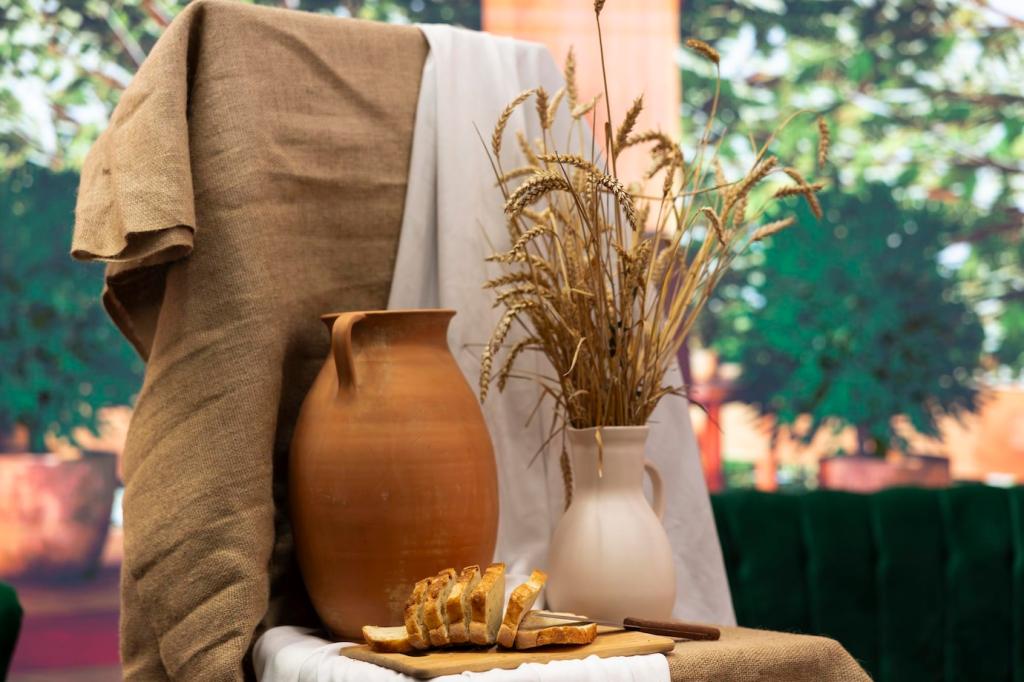Start With Purpose: Designing a Zero Waste Home
Walk through your home noting what gets tossed weekly: packaging, paint samples, broken decor. Photograph hotspots and measure the volume. This visual inventory reveals clear design opportunities to reduce, replace, or remove waste entirely.
Start With Purpose: Designing a Zero Waste Home
Decide your guiding rules: refuse disposable decor, reduce new purchases, reuse what you have, repair before replacing, and recycle last. Principles make decisions easier, keeping your home beautiful and consistent with zero waste values.

